Is there a way for IT leaders to be proactive about AI and machine learning without ruffling and rattling an organization of people who want the miracles of AI and ML delivered tomorrow morning? The answer is yes.
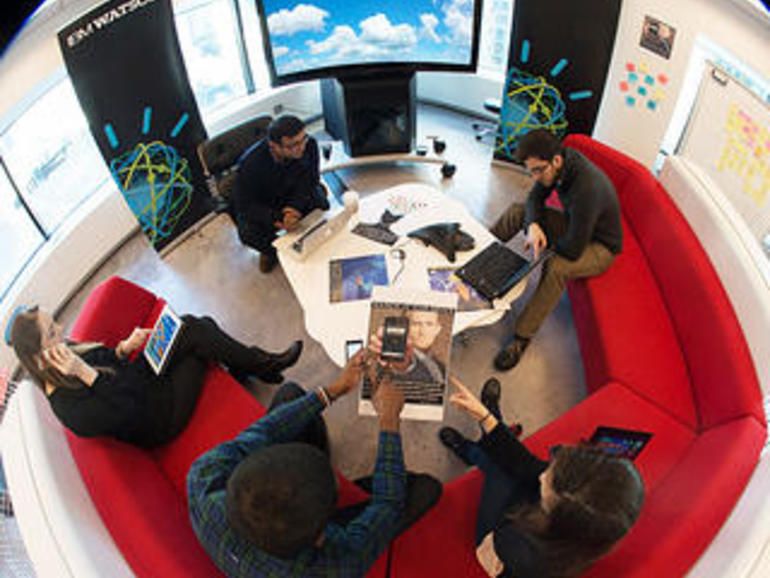

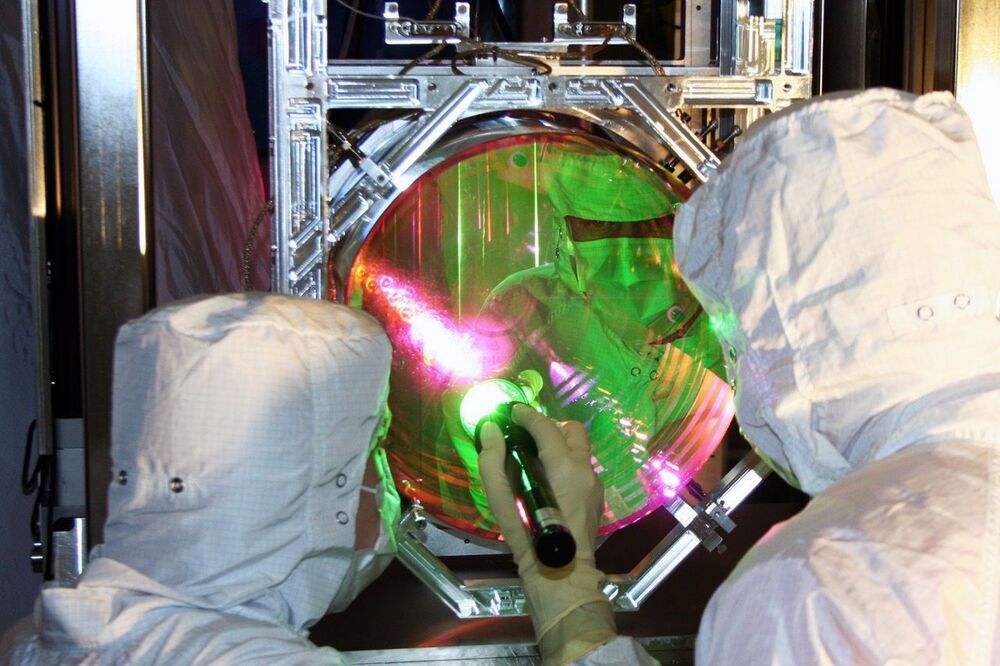
“Stationary” has very different meanings at quantum and real-world scales – an object that looks perfectly still to us is actually made up of atoms that are buzzing and bouncing around. Now, scientists have managed to slow down the atoms almost to a complete stop in the largest macro-scale object yet.
The temperature of a given object is directly tied to the motion of its atoms – basically, the hotter something is, the more its atoms jiggle around. By extension, there’s a point where the object is so cold that its atoms come to a complete standstill, a temperature known as absolute zero (−273.15 °C,-459.67 °F).
Scientists have been able to chill atoms and groups of atoms to a fraction above absolute zero for decades now, inducing what’s called the motional ground state. This is a great starting point to then create exotic states of matter, such as supersolids, or fluids that seem to have negative mass.
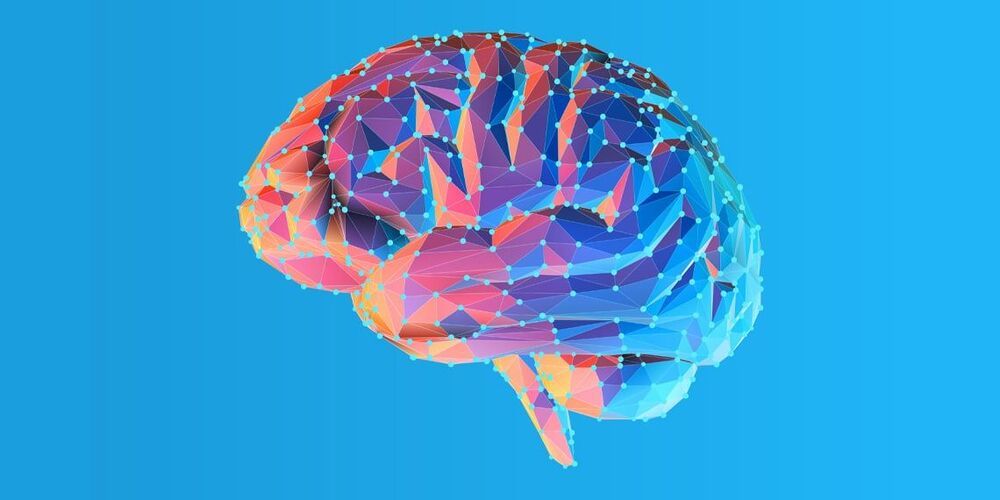
There are still many unsolved mysteries about the human brain and its development. Now, a novel study published in Frontiers in Psychiatry sheds new light on the neurobiological origins of our individual traits.
Functional connectivity is the coordinated activity – activation or deactivation – through time between separate brain regions, regardless of their physical closeness or the type of neural connections between them. Changes in functional connectivity can be a sign of mental health disorders such as depression, eating disorders, and schizophrenia, and are thought to have developmental origins.
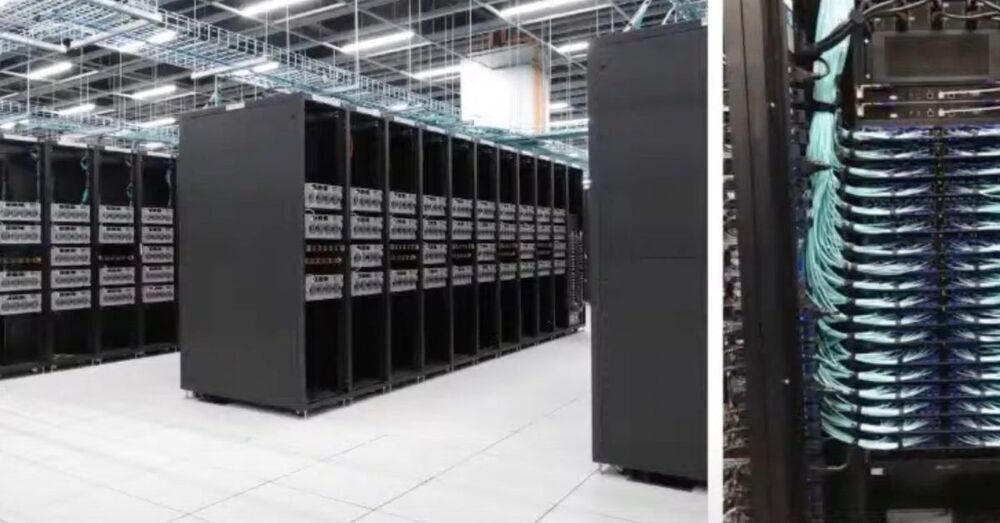
Tesla has unveiled its new supercomputer, which is already the fifth most powerful in the world, and it’s going to be the predecessor of Tesla’s upcoming new Dojo supercomputer.
It is being used to train the neural nets powering Tesla’s Autopilot and upcoming self-driving AI.
Over the last few years, Tesla has had a clear focus on computing power both inside and outside its vehicles.
Breaking — see how an overabundance of methane at Saturn’s ice moon Enceladus may be evidence for life there!
You can support Galactic Gregs by supporting the sister channel Green Gregs by clicking the links below:
For your space habitat garden buy worms at greengregs.com!
See the Special Deals at My Patriot Supply (great space mission food): www.PrepWithGreg.com.
For gardening in your space habitat (or on Earth) Galactic Gregs has teamed up with True Leaf Market to bring you a great selection of seed for your planting. Check it out: http://www.pntrac.com/t/TUJGRklGSkJGTU1IS0hCRkpIRk1K
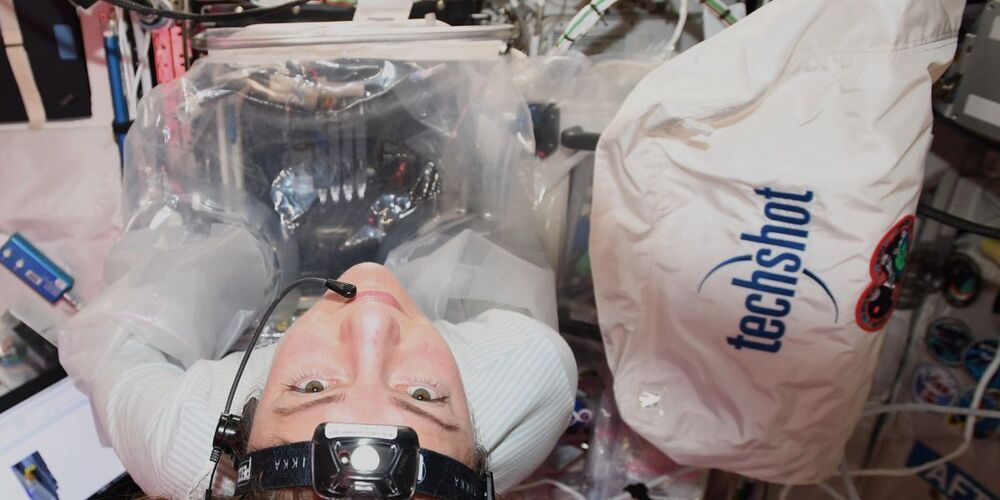
In America, at least 17 people a day die waiting for an organ transplant. But instead of waiting for a donor to die, what if we could someday grow our own organs?
Last week, six years after NASA announced its Vascular Tissue Challenge, a competition designed to accelerate research that could someday lead to artificial organs, the agency named two winning teams. The challenge required teams to create thick, vascularized human organ tissue that could survive for 30 days.
The two teams, named Winston and WFIRM, both from the Wake Forest Institute for Regenerative Medicine, used different 3D-printing techniques to create lab-grown liver tissue that would satisfy all of NASA’s requirements and maintain their function.
“We did take two different approaches because when you look at tissues and vascularity, you look at the body doing two main things,” says Anthony Atala, team leader for WFIRM and director of the institute.
The two approaches differ in the way vascularization—how blood vessels form inside the body—is achieved. One used tubular structures and the other spongy tissue structures to help deliver cell nutrients and remove waste. According to Atala, the challenge represented a hallmark for bioengineering because the liver, the largest internal organ in the body, is one of the most complex tissues to replicate due to the high number of functions it performs.
Researchers used 3D-printing to create human liver tissue that could soon be tested on the International Space Station.
HOMA calculator: https://www.omnicalculator.com/health/homa-ir.
Papers referenced in the video:
Growth hormone-releasing hormone disruption extends lifespan and regulates response to caloric restriction in mice.
https://pubmed.ncbi.nlm.nih.gov/24175087/
Glucose regulation and oxidative stress in healthy centenarians.
https://pubmed.ncbi.nlm.nih.gov/12543271/
Distribution of blood glucose and prevalence of diabetes among centenarians and oldest-old in China: based on the China Hainan Centenarian Cohort Study and China Hainan Oldest-old Cohort Study.
https://pubmed.ncbi.nlm.nih.gov/32643047/
Prevalence and Ethnic Pattern of Diabetes and Prediabetesin China in 2013
https://pubmed.ncbi.nlm.nih.gov/28655017/
Families enriched for exceptional longevity also have increased health-span: findings from the long life family study.

Scientists are one step closer to solving general relativity’s biggest problem.
To do this, scientists used a new kind of observatory called LIGO (Laser Interferometer Gravitational-wave Observatory) that is fine-tuned to hunt for small disturbances in the fabric of spacetime caused by cosmic collisions, like black hole or neutron star mergers.
But this is only just the beginning of what LIGO can do, a team of international researchers reports in a new study published Thursday in the journal Science. Using new techniques to quantum cool LIGO’s mirrors, the team says that LIGO may soon also help them understand the quantum states of human-sized objects instead of just subatomic particles.
Vivishek Sudhir is a coauthor on the paper and assistant professor of mechanical engineering at the Massachusetts Institute of Technology. He tells Inverse that physicists have long theorized that gravity may be the culprit behind why large items don’t exhibit quantum behavior.
As the first Mars rover probe launched by China, Tianwen-1 Zhurong rover has completed the three major technical steps of Mars exploration at one time. The three steps are Orbiting, landing, and patrolling, which are, entering Mars orbit, landing on the surface of Mars, and the rover walking and patrolling around. Why did China’s space agency successfully break the so-called “Mars curse” with its very first Mars rover landing mission? How did the various aerospace technologies involved in the Zhurong landing process develop?
China’s homegrown Long March rocket will send the Shenzhou-12 manned spacecraft, carrying astronauts Nie Haisheng, Liu Boming and Tang Hongbo, to the Chinese Space Station’s core module Tianhe at 9:22 a.m. BJT, or 1:22 a.m. GMT, on Thursday from Jiuquan Satellite Launch Center. It will be China’s seventh crewed space mission, since the country’s first successful manned launch in 2003.
Welcome to subscribe us on:
Facebook: https://www.facebook.com/NewsContent.CCTVPLUS
Twitter: https://twitter.com/CCTV_Plus.
LinkedIn: https://www.linkedin.com/company/cctv-news-content.
Video on Demand: www.cctvplus.com.
If you are in demand of this video footage, please contact with our business development team via email: [email protected]